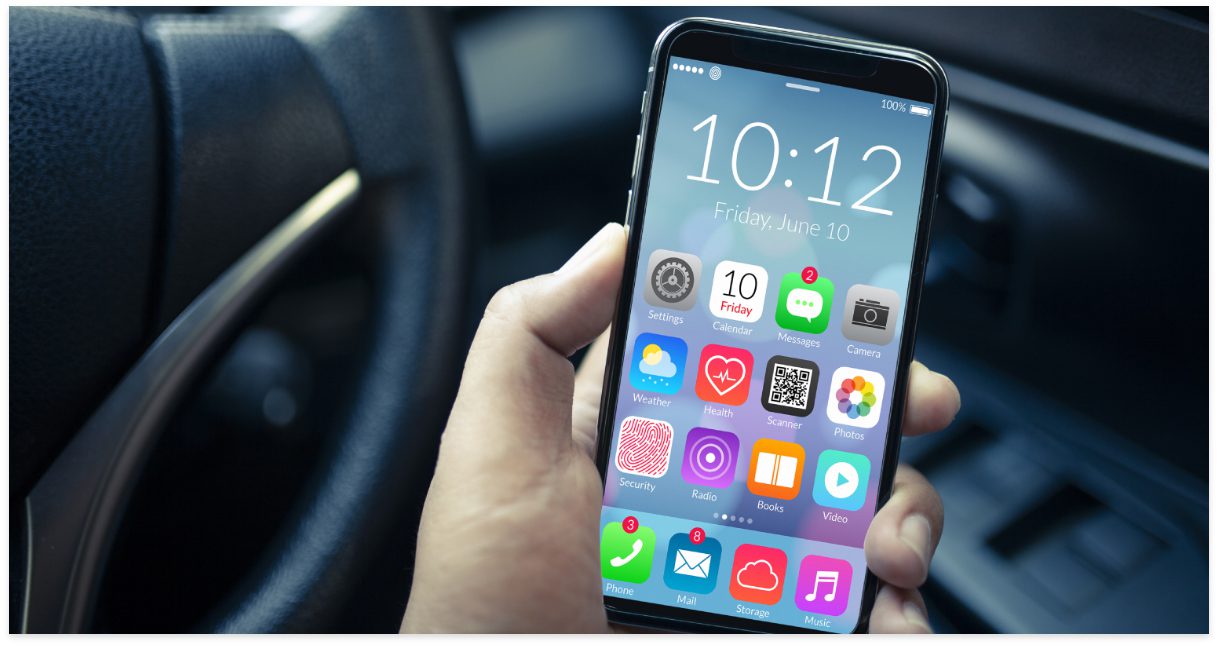We have an essential question to ask your medical practice: when was the last time you evaluated and assessed your email strategy? Is the template that you are using to communicate with your patients and prospects mobile-friendly? Do your emails look great and function correctly across any device? If your answer is anything except a resounding “yes” to any of these questions, then you may have a problem.
In this blog, the email marketing experts at Firm Media will examine why every email your practice sends out should be designed for mobile.
Being Mobile Friendly Matters
Today, over half of all email is opened on a mobile device. According to email marketing giant, Constant Contact, approximately 75 percent of mobile users admit that if they open up a marketing email and are unable to read it on their device, they hit the delete button. To break down that number, that means every three out of four of the people who are on your email marketing list might be erasing your email before you have a chance to get your offer, promotion, or news across their radar.
Now, consider how many subscribers are on your email list; how do those numbers translate to your practice?
Ultimately, people rely on their smartphones to check email. It is also likely that your medical practice uses email as part of your marketing strategy to stay top of mind with your patients and prospects. As such, implementing a mobile-friendly, responsive email design is the best way to ensure your message is getting across—no matter the device type and its screen size.
What Does it Mean to Have a Mobile-Friendly Email Template?
Mobile-friendly emails rely on a single-column layout, use large fonts, have prominent calls to action, and are concise in both design and content. Screen real estate is quite valuable—so it is necessary to keep the design of the email clean, simple, and focused on essential information. Implementing a simple navigation menu and images that scale according to the screen size where the email is viewed are also ways to make an email mobile-friendly.
So, What Does Mobile-Responsive Mean?
Mobile-responsive email design is separate from mobile-friendly, even though it is tied to mobile-friendly best practices.
An email template is “responsive” when it is opened and displays correctly on any device, meaning desktops, laptops, phones, and tablets. A responsive email template is one that adjusts to a device’s screen size and incorporates two layers of CSS code. One layer addresses how the email is shown on a desktop, and the other layer utilizes additional code to ensure the email displays correctly on a mobile device.
With mobile-responsive templates, text and images could display differently, meaning the email will be viewed differently compared to a desktop and a phone—for instance, multiple columns on a desktop versus one column on a smartphone.
Mobile-Friendly Best Practices
One thing to be especially aware of as a medical practice is that it is necessary to consider your audience and who makes up your email list when employing a mobile-friendly email strategy. For instance, you may want to ensure that you have an email design that focuses on recent Android and iPhone devices, as well as older email clients, like Hotmail, on a desktop device or tablet.
Here are some best practices to employ when designing a mobile-friendly email:
- Set the width of the email at 600-650 pixels to appeal to all email clients. This size will work on almost all devices.
- Ensure at least 15% of the email is white space, which allows for easy scanning and digesting of information. This helps the potential patient better absorb the message.
- Increase the font size to improve comprehension. While many mobile devices, including the iPhone, automatically resize tiny text, other devices do not. Target a minimum font size of 14 pixels for body text and 22 pixels for headers.
- Confirm images look right and load correctly. JPGs are typically the safest image file type for emails. If an email requires animation, GIFs are best, and finally, if transparency is needed, PNGs are the standard. Just make sure your image loads quickly, has a conservative file size (GIFs should be no larger than 1MB), adjusts to screen size, and displays alt text if an image fails to load.
- Prominent calls to action are vital. The purpose of emailing your patient or prospect is to make them act on something important to your practice. Keep your emails concise, and ensure a reader can access an email via a link if it fails to open correctly. Optimize your calls to action for tab-ability by confirming CTA buttons are at least 44 x 44 pixels to accommodate big thumbs or fast scrolling.
Ready to Ensure Your Emails are Optimized for Mobile?
Email can be a significant driver of revenue to your practice, turning prospects into happy patients. However, for an email marketing strategy to work, you must ensure your communication is mobile-friendly. Firm Media is comprised of marketing experts for medical practices and would love to help you. Reach out and book a demo with us today.





